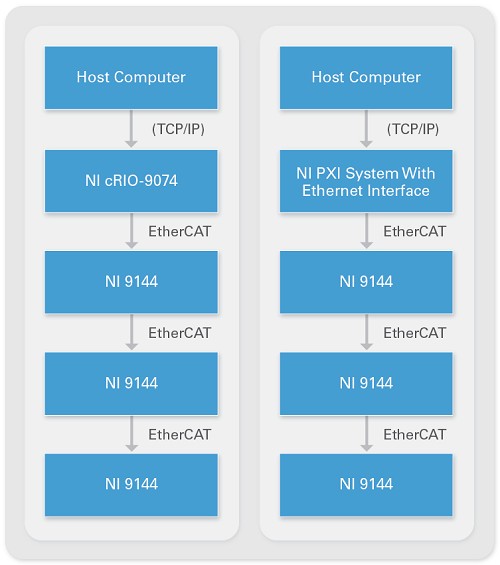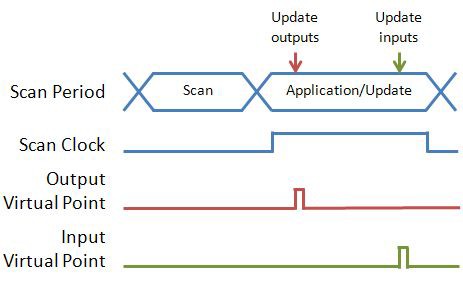From Friday, January 17th 11 PM CDT (January 18th 5 AM UTC) through Saturday, January 18th 11:30 AM CDT (January 18th 5:30 PM UTC), ni.com will undergo system upgrades that may result in temporary service interruption.
We appreciate your patience as we improve our online experience.




